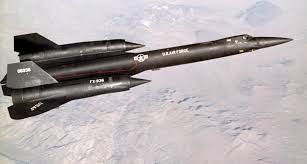
Introduction
Fighter jets play a crucial role in modern military operations, serving as the backbone of air forces worldwide. They ensure air superiority, conduct reconnaissance missions, and engage in ground attacks. As global threats evolve, the need for advanced fighter jets has become more pressing, influencing military strategies and international relations.
Recent Developments in Fighter Jet Technology
In recent years, advancements in fighter jet technology have focused on enhancing stealth capabilities, speed, and combat systems. The United States Air Force’s F-35 Lightning II, for example, represents a leap forward in multirole stealth capabilities, benefiting from advanced avionics and networked warfare capabilities. Similarly, Russia’s Su-57, which aims to match the West’s technological supremacy, features state-of-the-art stealth and maneuverability enhancements.
Global Military Investments
Countries around the world are recognizing the strategic importance of fighter jets and are significantly investing in their aerospace programs. Recent reports highlight how nations like India, Japan, and South Korea are expanding their fleets with indigenous and foreign technology. India, for example, is working on the Tejas Mk II, aimed at bolstering its defense capabilities against adversaries in the region. Meanwhile, Japan’s F-X program seeks to develop a next-generation air superiority fighter by the mid-2030s.
International Conflicts and the Role of Fighter Jets
Fighter jets are often at the forefront of international conflicts, serving not only as deterrents but also as active participants in military engagements. Recent tensions in Eastern Europe and the South China Sea have underscored the importance of air power, with countries deploying fighter jets to assert their presence and project power. The successful utilization of aircraft in such scenarios influences geopolitical stability and national security.
Conclusion
The future of fighter jets is likely to be shaped by advancements in artificial intelligence and unmanned aerial vehicles (UAVs), melding traditional aerial combat with next-gen tech. As global military dynamics shift, air forces are expected to continue prioritizing advanced fighter jets to ensure readiness for any potential conflict. Their ongoing evolution reflects not only technological innovation but also the changing nature of warfare, emphasizing the critical need for nations to maintain a competitive edge in aerial combat.